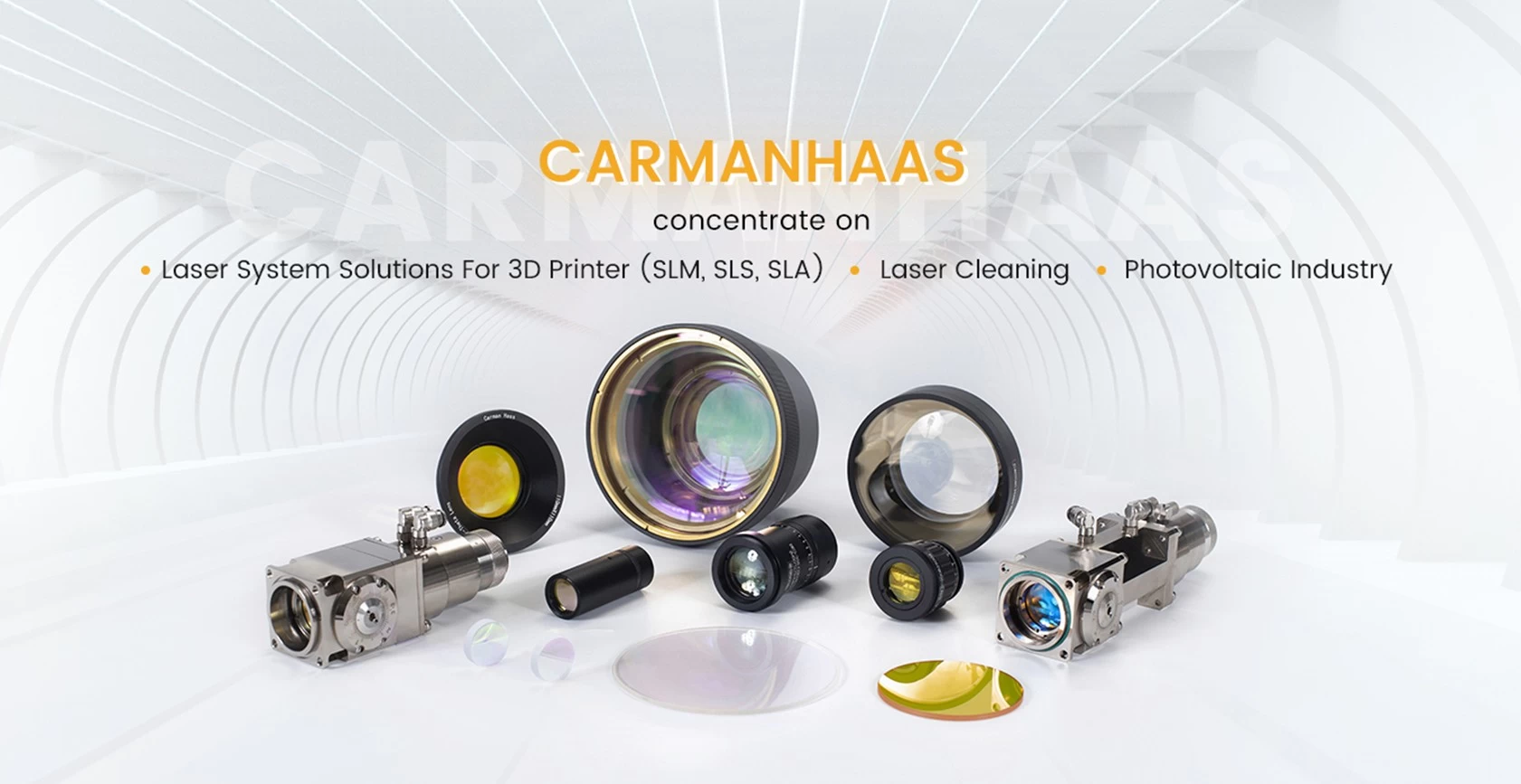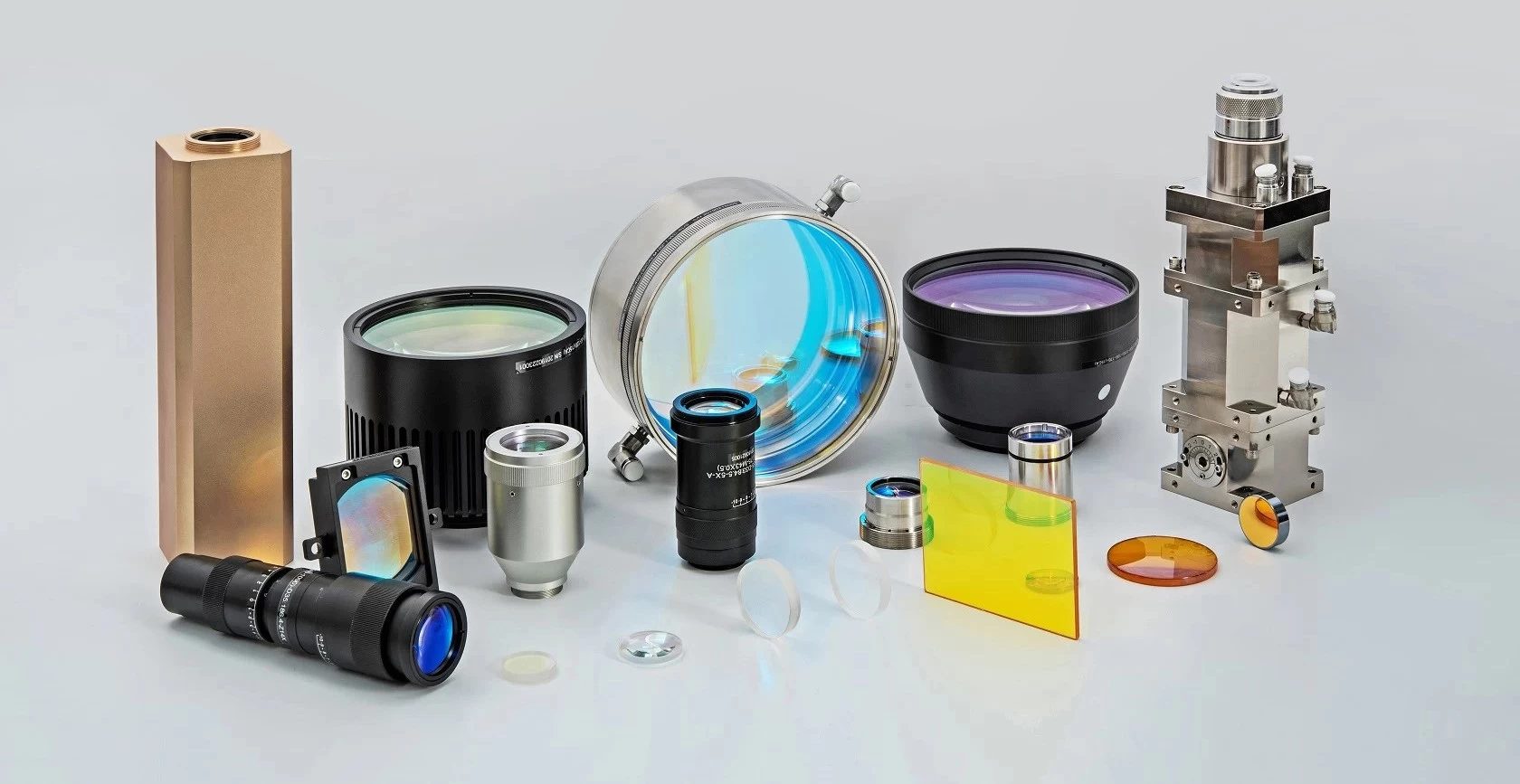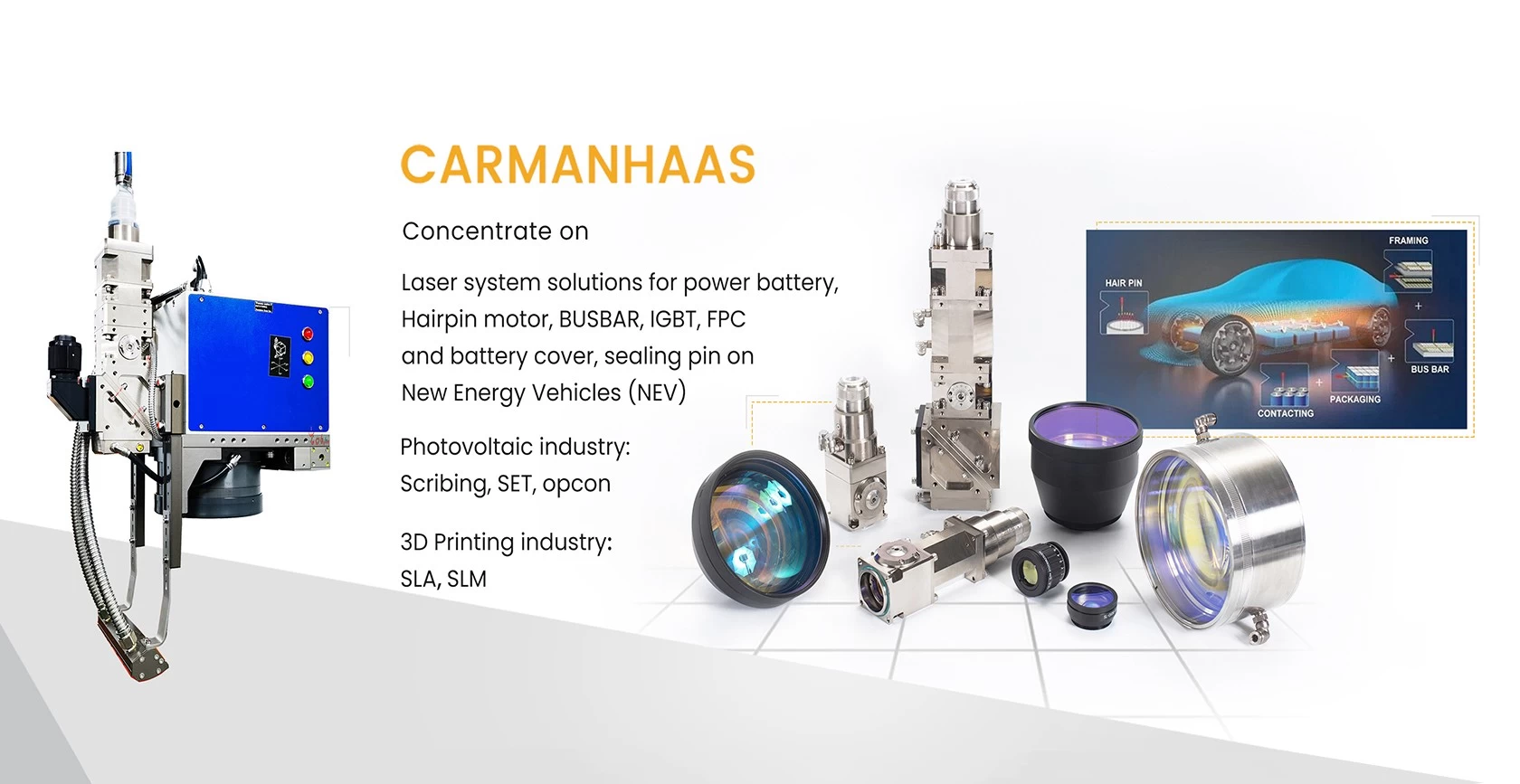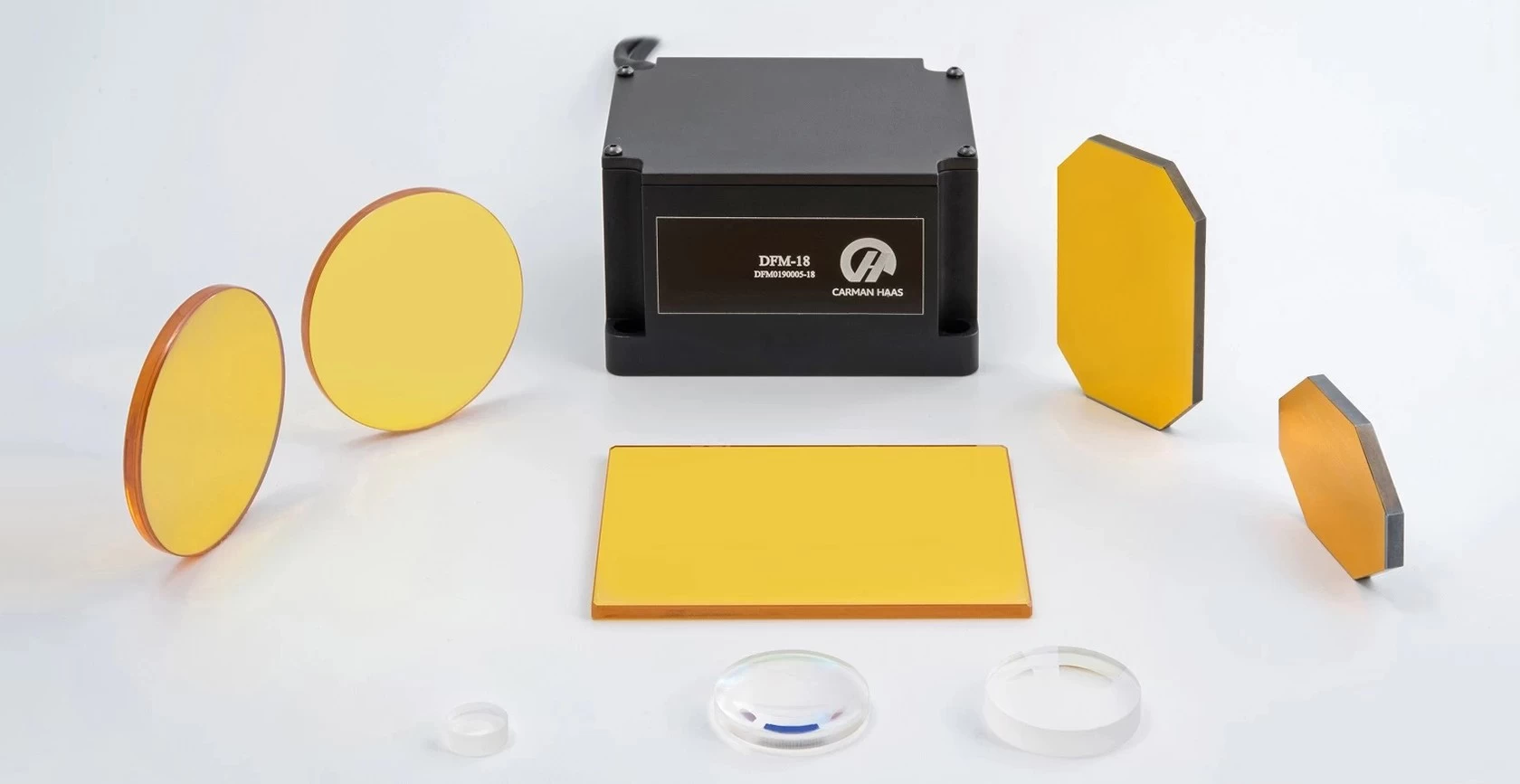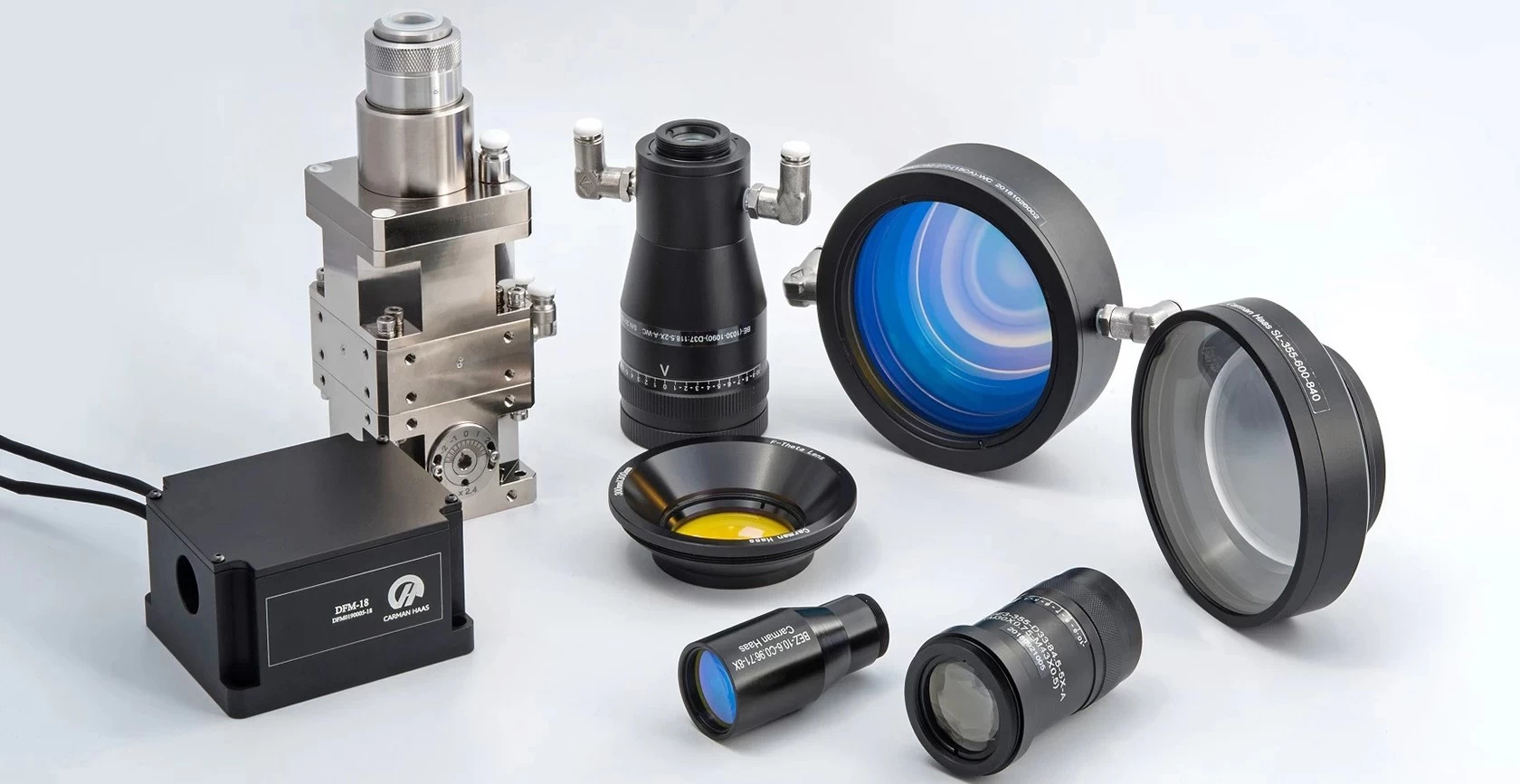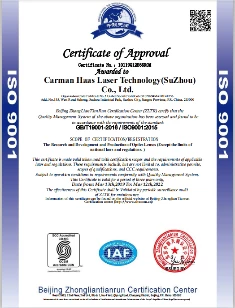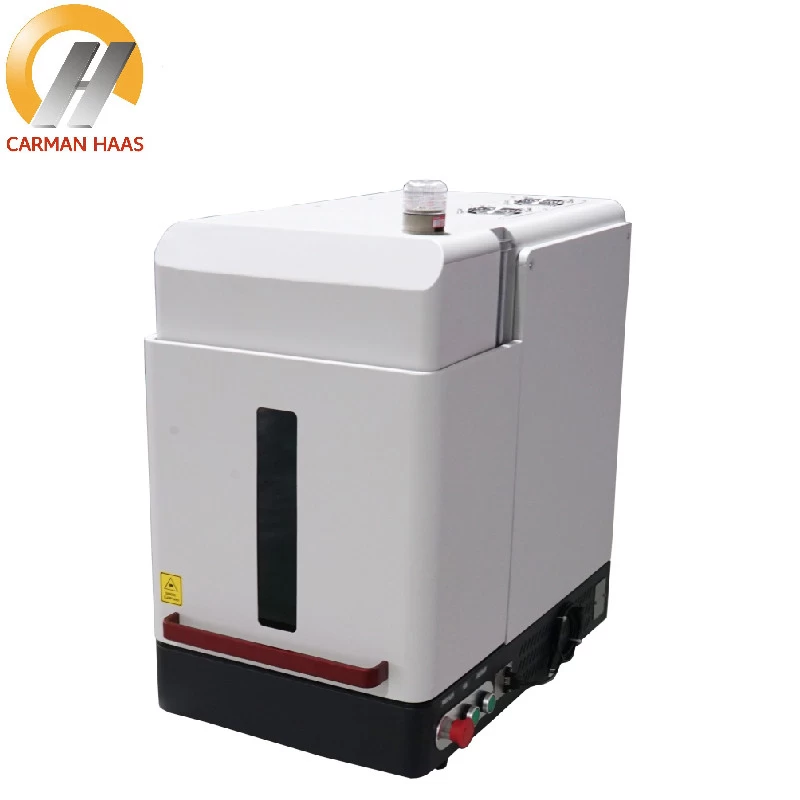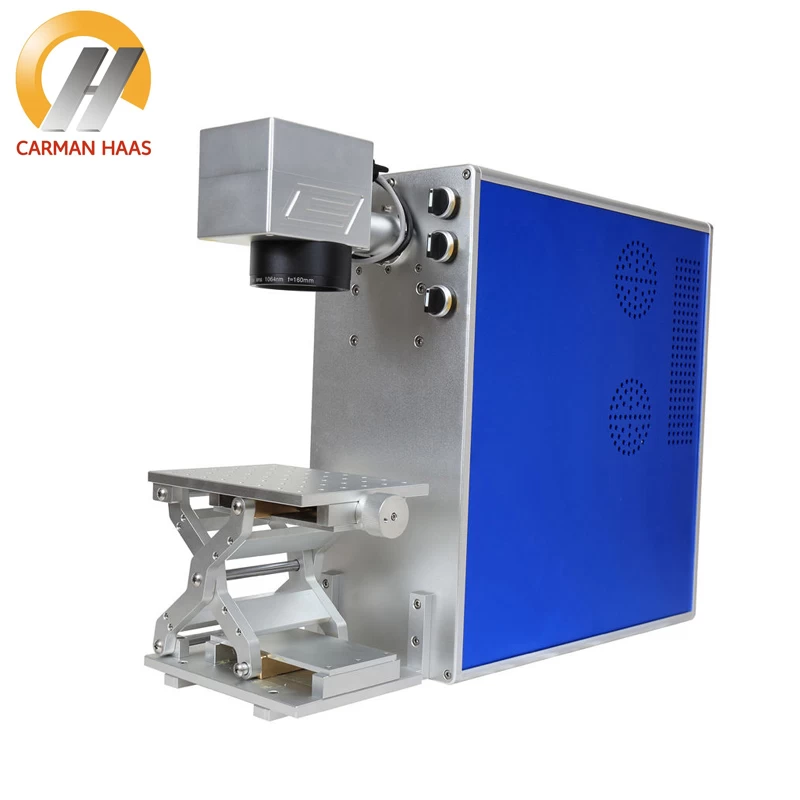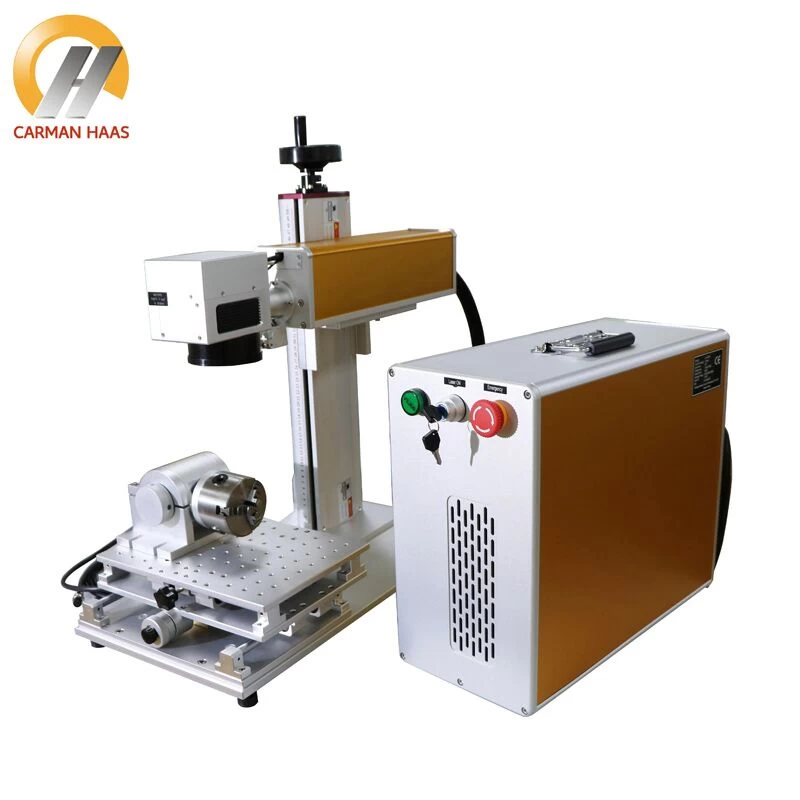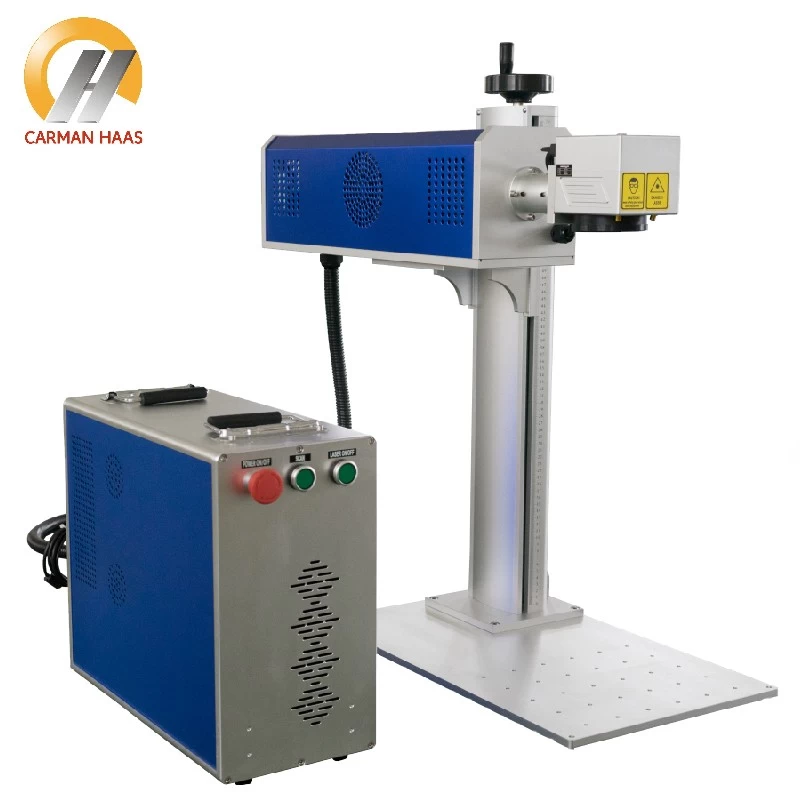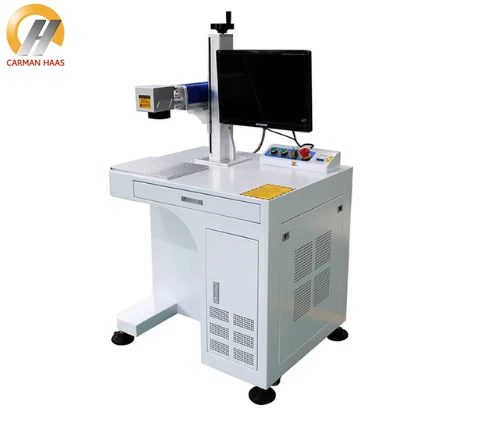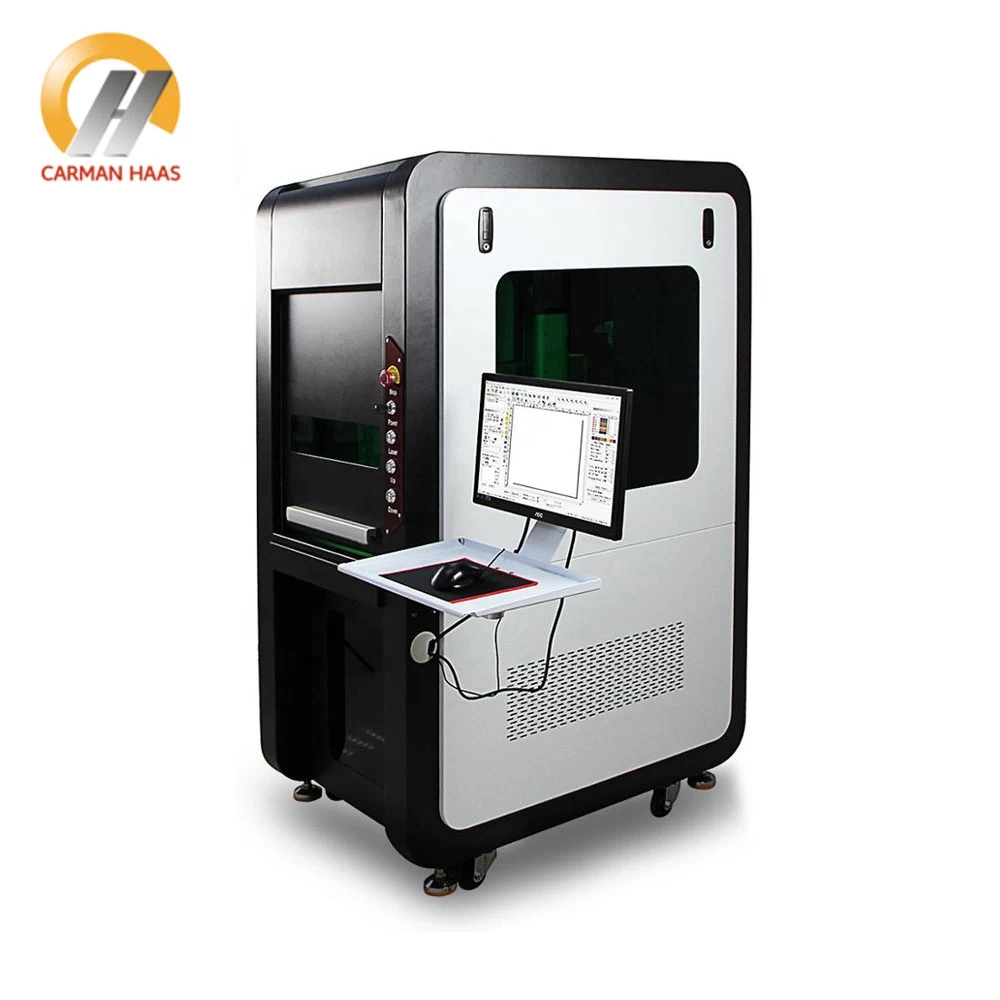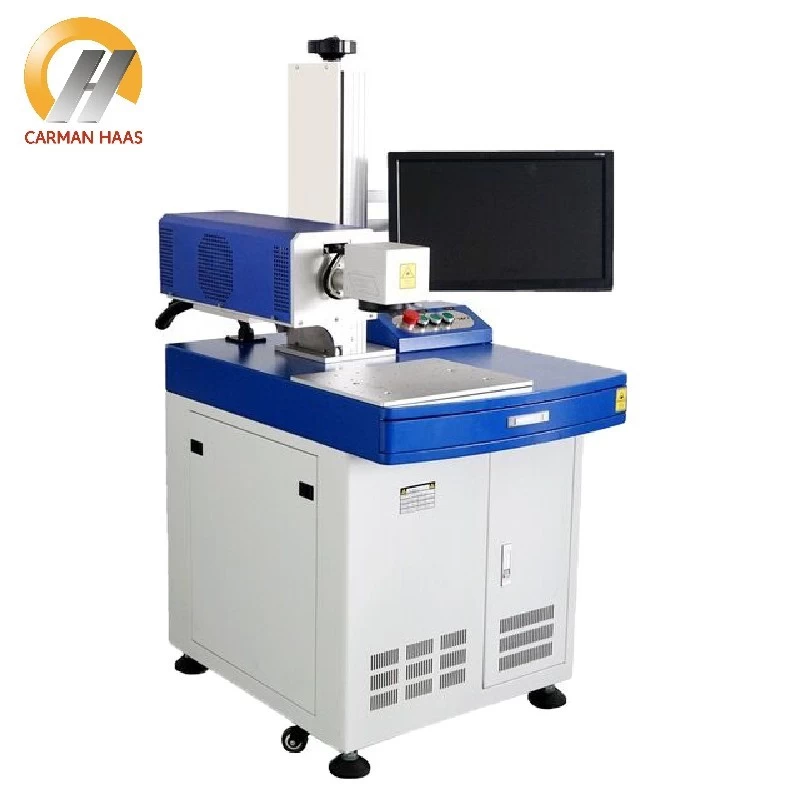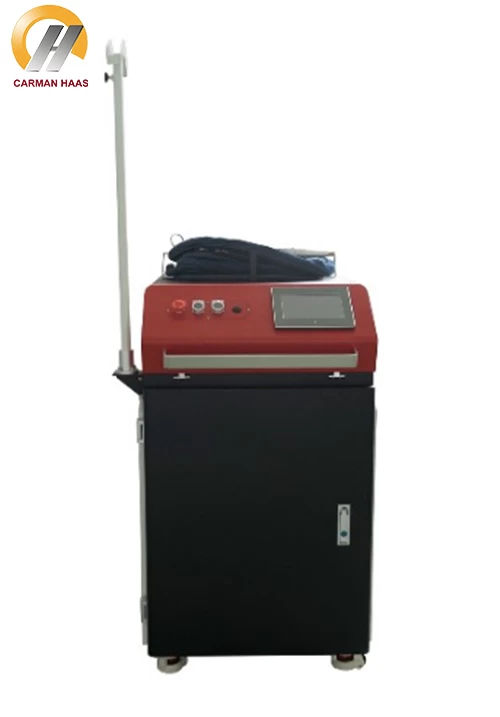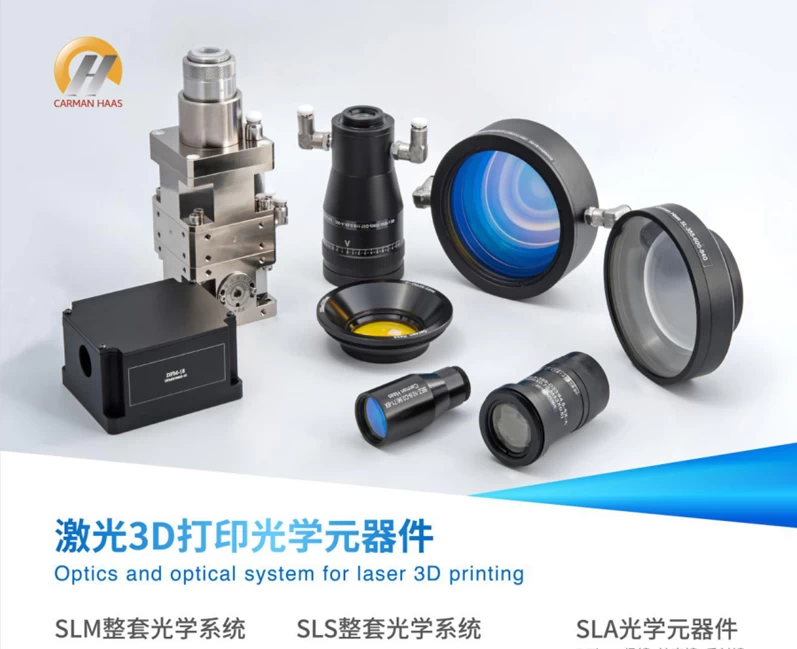Introduction of 3 kinds of laser cleaning technology
The laser cleaning process is roughly divided into 4 stages, namely, laser vaporization and decomposition, laser stripping, thermal expansion of pollutant particles, substrate surface vibration and pollutant separation. Of course, when applying laser cleaning technology, we must also pay attention to the laser cleaning threshold of the object to be cleaned, and choose the appropriate laser wavelength to achieve the best cleaning effect. Laser cleaning can change the grain structure and orientation of the substrate surface without damaging the surface of the substrate, and can also control the surface roughness of the substrate, thereby enhancing the overall performance of the substrate surface. The cleaning effect is mainly affected by factors such as the characteristics of the beam, the physical parameters of the substrate and the dirt material, and the ability of the dirt to absorb the beam energy.
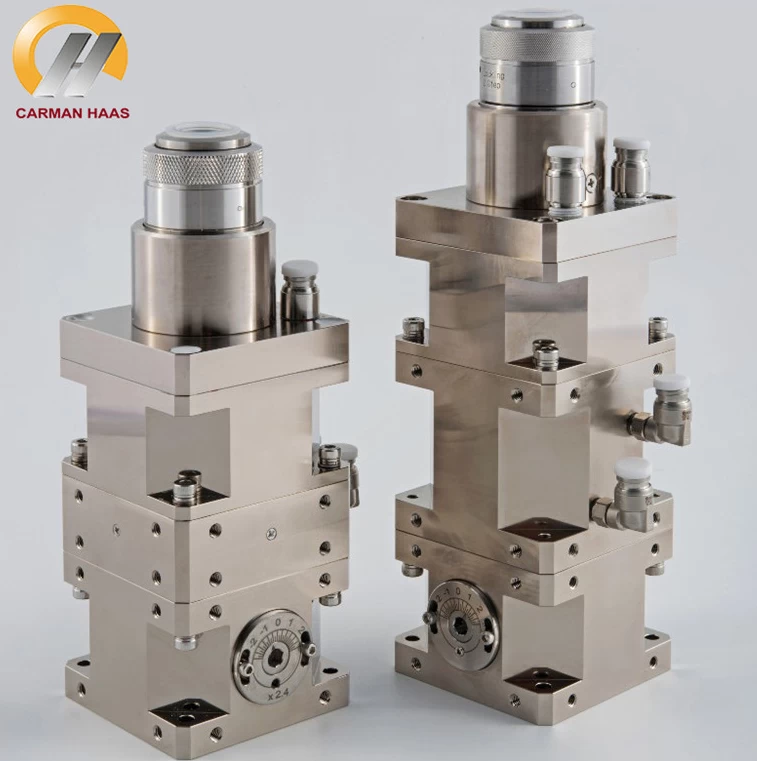
laser cleaning equipment on sale factory
At present, laser cleaning technology includes three cleaning methods: dry laser cleaning technology, wet laser cleaning technology and laser plasma shock wave technology.
1. Dry laser cleaning means that the pulsed laser is directly irradiated to clean the workpiece, so that the substrate or surface contaminants absorb energy and the temperature rises, resulting in thermal expansion or thermal vibration of the substrate, thereby separating the two.
This method can be roughly divided into two situations: one is that the surface contaminants absorb the laser to expand; the other is that the substrate absorbs the laser to generate thermal vibration.
2. Wet laser cleaning is to pre-coat a liquid film on the surface before the pulsed laser irradiates the workpiece to be washed. Under the action of the laser, the temperature of the liquid film rises rapidly and vaporizes. The shock wave is generated at the moment of vaporization, which acts on the pollutant particles. , Make it fall off from the substrate. This method requires that the substrate and the liquid film cannot react, so the scope of application materials is limited.
3. The laser plasma shock wave is a spherical plasma shock wave generated by breaking down the air medium during the laser irradiation. The shock wave acts on the surface of the substrate to be washed and releases energy to remove pollutants; the laser does not act on the substrate, so it does not cause damage to the substrate . Laser plasma shock wave cleaning technology can now clean particle contaminants with a particle size of tens of nanometers, and there is no limit to the laser wavelength.
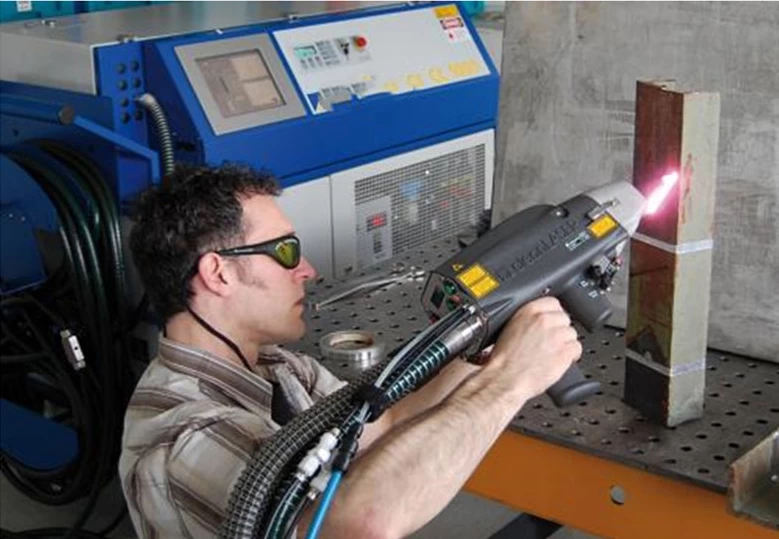
Optics lens for laser cleaning gun manufacturers
Carmanhaas could offer complete laser cleaning optical lens and system solution. We are focus on high end industrial laser application offer.Including QBH Module, Galvo Scanner, F-theta Scan lenses and Control System. Commonly used optical solutions: the laser beam scans the working surface through the galvanometer system and the scan lens to clean the entire working surface. Widely used in metal surface cleaning, special energy laser sources can also be applied to non-metallic surface cleaning.



